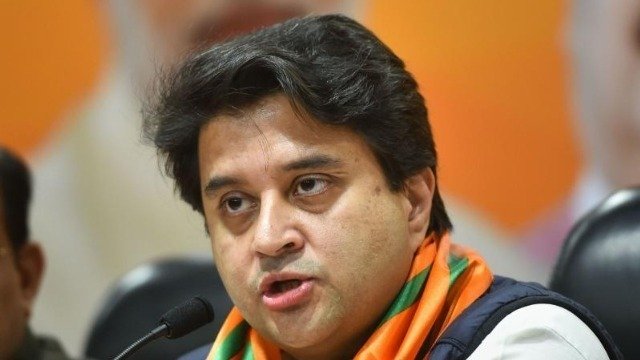India’s Department of Telecommunications (DoT) has proposed National Telecom Policy 2025 (NTP-25) laying out strategy to transform India into a global digital powerhouse by catalyzing investments and enabling innovation in the telecom sector.

The proposed policy, which is available on the DoT website, targets Rs 100,000 crore in annual investments and aims to double telecom’s contribution to GDP by 2030. It emphasizes strengthening domestic R&D and manufacturing, with plans to double sectoral R&D spending, achieve 50 percent import substitution, and boost exports of telecom products and services.
To support this, the policy proposes Capex and Opex incentives for domestic manufacturing, telecom software development, and design-led production. It also envisages a Telecom Manufacturing Zone and 30 advanced research labs, along with the establishment of an Indian Institute of Telecom Technology to develop skilled talent. The government plans to generate one million jobs and upskill another million workers, ensuring a future-ready workforce.
Innovation is central to NTP-25, with a goal to position India among the top 10 global innovation hubs and capture 10 percent of 6G-related IPRs. The strategy includes funding for R&D in emerging areas such as 6G, AI, IoT, and quantum technologies, support for 500 telecom startups and MSMEs, and the creation of 10 centers of excellence. A Sovereign Patent Fund and regulatory sandboxes will help scale innovation and intellectual property generation.
To ensure universal and meaningful connectivity, the policy targets fiber connectivity to all Gram Panchayats, 100 percent 4G and 90 percent 5G population coverage, 1 million public Wi-Fi hotspots, and a flexible regulatory framework for satellite and non-terrestrial networks. Network quality is to be enhanced through stricter QoS standards, spectrum reform, and integration of advanced technologies such as software-defined networks and edge computing.
NTP-25 also outlines a future-ready regulatory environment that simplifies compliance, reduces red tape, and promotes infrastructure sharing and spectrum trading. It introduces the Digital Bharat Nidhi scheme and expands GIS-based telecom asset mapping through PM GatiShakti.
By fostering global partnerships, harmonizing Indian standards with international benchmarks, and positioning India as a trusted source of secure telecom equipment and software, the policy aims to elevate India’s global standing while advancing digital inclusion and sustainable growth.
TelecomLead.com News Desk
